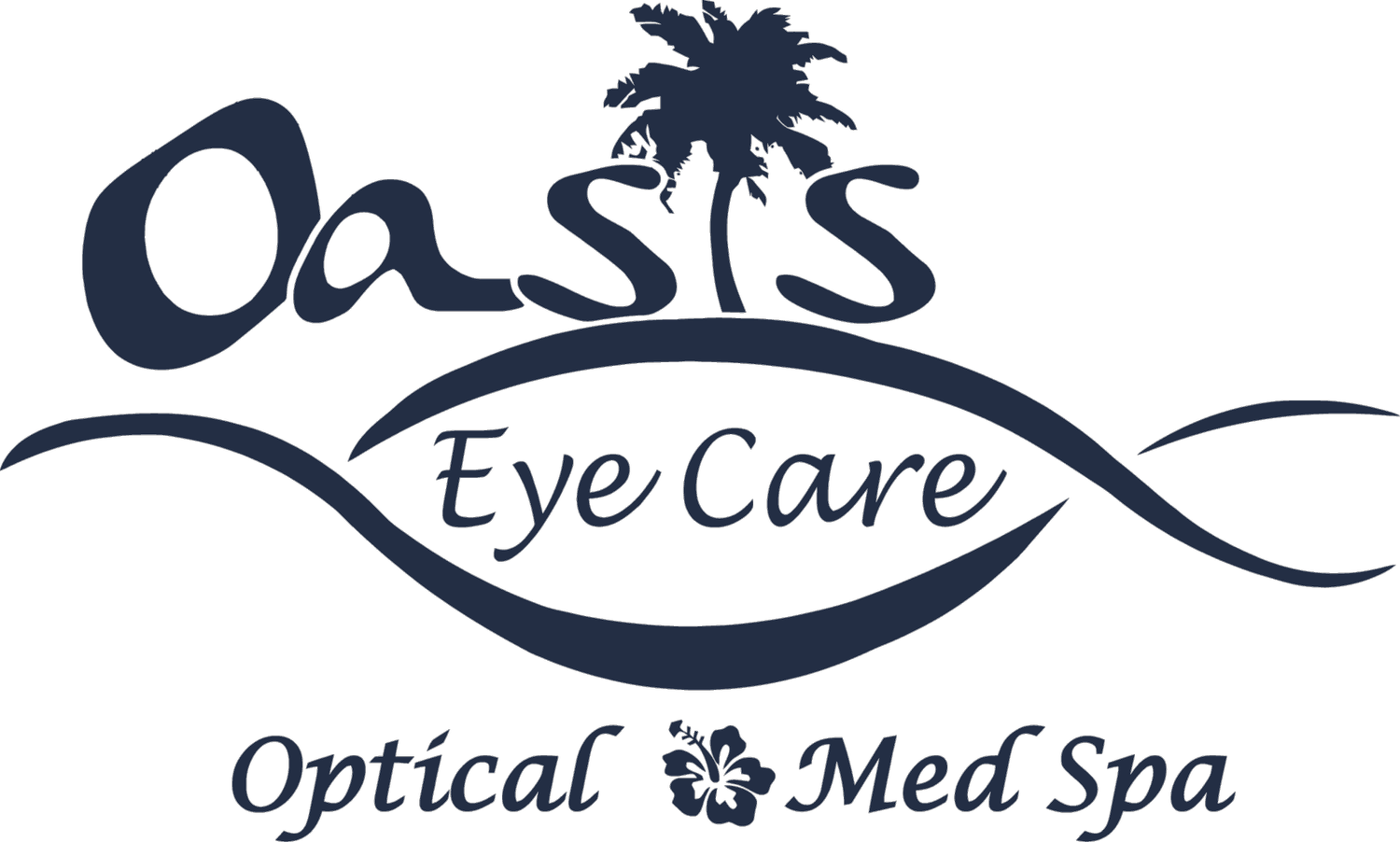After Cataract
What is an after cataract?
An after cataract, also know as a posterior capsular opacity, is a gradual clouding of the container (or capsule) that holds the implant in place after cataract surgery. The capsule was the structure that once held the natural lens in place behind the pupil. The capsule is opened on the front side to gain access to the cataract during surgery, while the back surface is left intact. It is the back surface that provides support for the implant.
Glare
When the capsule becomes cloudy (above right picture) the light rays cannot pass through the eye without being disturbed. As a result, the distracted light rays cause the image to appear blurry, as shown in the image above.
What are the causes of an after cataract?
An after cataract develops in about twenty percent of those who have had cataract surgery.
Some common reasons why:
Cataracts that are the result of chronic steroid use
Posterior subcapsular and polar cataract types
Prior history of chronic iritis
History of diabetes
Incomplete cataract removal
When and how is an after cataract treated?
About 20% of cataract surgery patients will describe a generalized glare and blurriness return to their vision. When the glare and blurriness can be documented and a patient’s complaints support the need, a laser procedure can be performed to correct the after cataract. On occasion, a patient may have severe nighttime glare, while retaining excellent vision under normal daytime conditions. In these circumstances, we may choose to perform a BAT test to confirm the presence of the glare and need for treatment. To improve the declining vision resulting from an after cataract, a laser procedure may be indicated. Since the after cataract is an opacity that develops behind the implant, there is no glasses prescription that can correct this visual disturbance.
The device used to treat this capsular opacity resembles the microscopes you will see during your routine eye exam in clinical exam rooms. The only difference is that this microscope has a small laser (called a YAG laser – this is an in office procedure) attached to it. By using this device, the capsular haze can be easily corrected without the need for incisions, needles or other more invasive measures. The microscope allows us to focus two separate laser beams directed onto the hazy capsule providing a focused treatment with minimal side effects. This allows for the best and most precise results possible.
What can I expect during the procedure?
On the day of your procedure, your eye will be dilated in order to allow full exposure of the posterior capsule and implant. To properly dilate your eye, the same drops used during your routine dilated eye exams will be used for this procedure. You can expect to wait 30 – 45 minutes for the dilation to take full affect. This allows for the visualization of the entire implant. The best results occur when the capsulotomy is made large enough to clear the majority of the implant in your eye. The better and more appropriate the opening, the better the visual outcome will be.
The procedure itself is quick with nearly no discomfort. You do not feel the laser treatments, but you will hear and see its affects. Most patients describe hearing a series of clicks and seeing small flickers of light as the treatment proceeds. After the treatment, it is not uncommon for the vision to seem a little blurry until the dilation wears off. A temporary increase in the number of new floaters is not uncommon for the first 24 hours, but these generally disappear over time. If glasses are worn prior to the procedure, they typically do not need to be adjusted following the procedure.
Are there any risks with the YAG procedure?
The most common risks associated with procedure are:
New floaters (mentioned above)
A temporary increase in eye pressure (treated pre-op)
Retinal edema and detachment (occurring about 1 in 1,000 – 5,000)
Your physician will discuss your risk based on the health of your eye in more detail.

